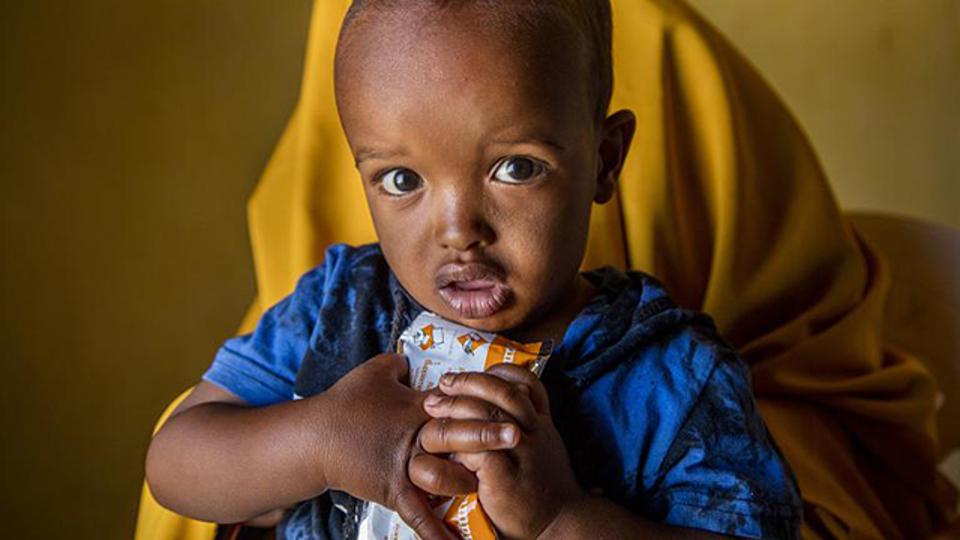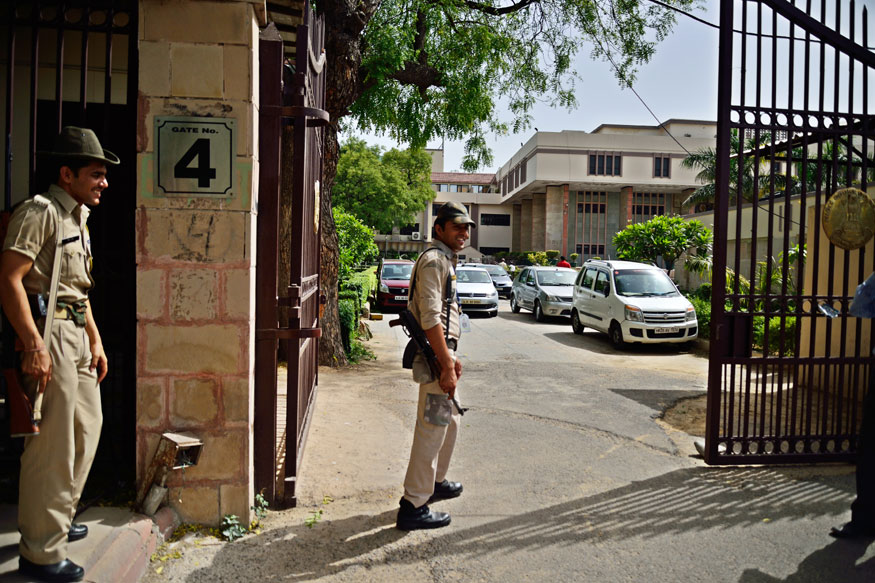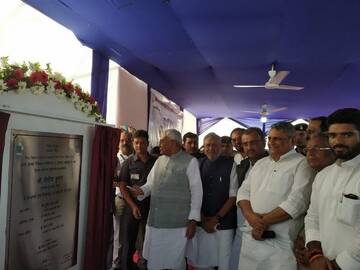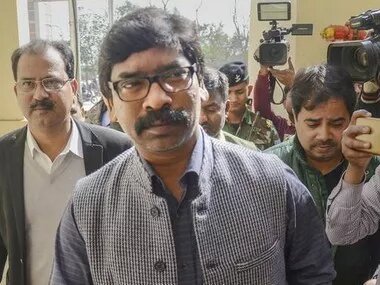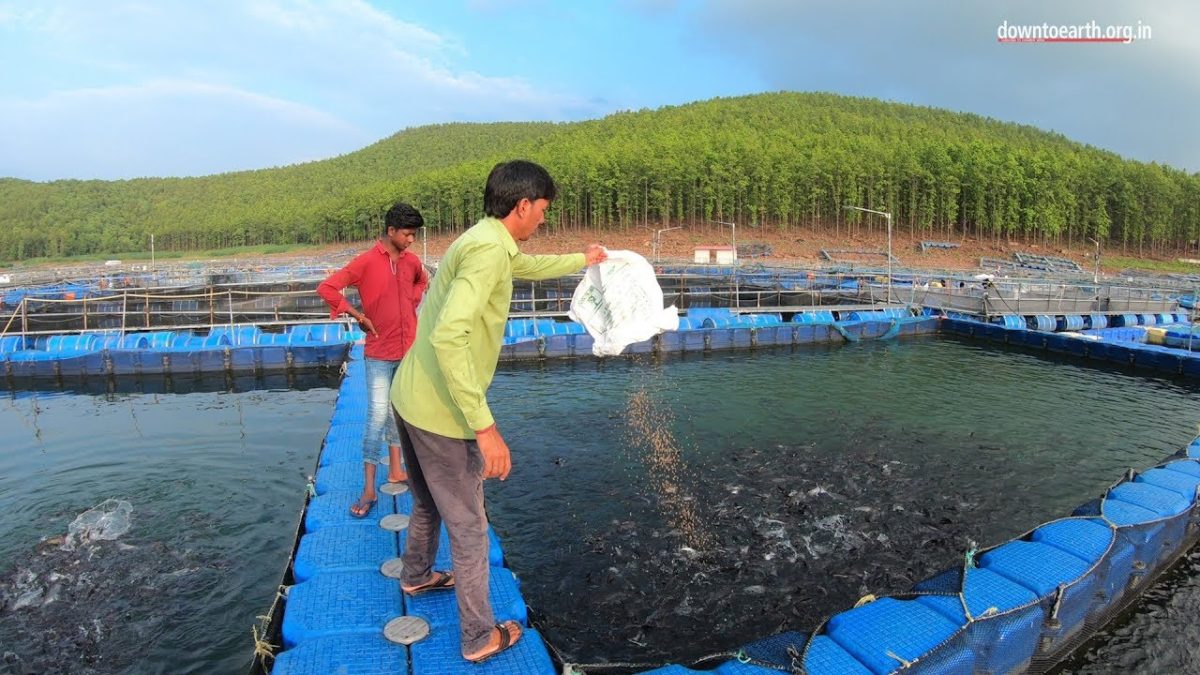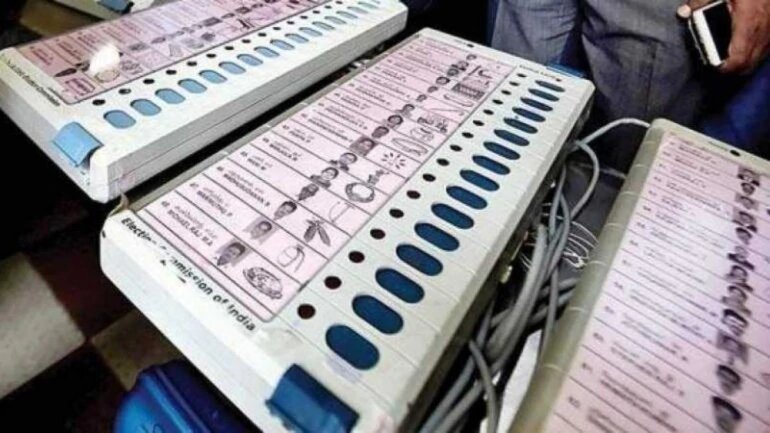Source – hindustantimes.com
Qualifying for the interview of UPSC engineering services, which is the final stage of selection has always been a dream for its aspirants. Everyone wants to perform their best at this stage. Afterall, the selected candidates are among the 0.5% who manage to crack the IES examination.
Nearly 1 lakh students compete for around 600 vacancies every year for different Engineering branches. While the written test evaluates the technical knowledge of the candidates, the IES Interview gauges their personality combined with their field-related knowledge. The interview also tries to bring out qualities like intuitive powers, spontaneity, practicality, soft skills, leadership qualities, confidence level and team spirit of the finalists. That said, it is the 200 marks and a set of rigorous questions that ultimately decides the fate of those 0.5% candidates whether they can manage to get through one of the most sought-after engineering recruitment examinations. Sounds gruelling? Fret not! All you need is a well-defined plan and some extra efforts to tackle all your apprehensions and give your best shot.
Here is a list of preparation tips and tricks for the upcoming IES interview:
1.Pay attention while filling the Detailed Application Form (DAF): Prior to your interview, the most crucial thing is to fill the Detailed Application Form (DAF) very carefully. Because, a lion’s share of the interview questions will be based on your own profile such as your previous job experience, hobbies, your hometown, college, etc. You cannot afford to go wrong while answering those questions and stick to the information while you are talking at the interview.
2.Focus on current affairs: The candidate must stay updated with the latest national and international affairs. So flip through the newspapers, surf the current affairs blogs and news pieces and take quizzes as much as possible.
3.Keeping the knowledge about your subjects and the final year college project in place: The interview board pays a lot of attention to a candidate’s technical & subject know-how. So make sure you get your basic concepts right and prepare two/three of your favourite technical subjects and their practical applications as you will be asked questions about your understanding of the subjects
4.Emphasize on the tricky questions: The interviewer might ask questions related to your state /city and its historical importance, your hobbies, your weaknesses, the reason behind joining IES and much more. These questions should be answered tactically to avoid creating any negative impression on the panel. For instance, while talking about your weaknesses, direct your answers smartly towards your strengths.
5.Never create answers: Not sure about your answer to a particular question? Say it clearly to the interviewer. Never try to say anything negative or create answers to something you are not sure about. It will only create a negative impact and confusion.
6. Groom yourself well on the D-day: We all must have heard the saying, the First impression is the last impression. So, make sure you are formally dressed and well-groomed for the interview as this will create a lasting impression on the interviewer from the time you enter the interview room.
Remember, it is the selection day so give your best shot at the interview with patience, confidence and clarity. This will increase your chances of getting through the interview with utmost success. Good Luck!



